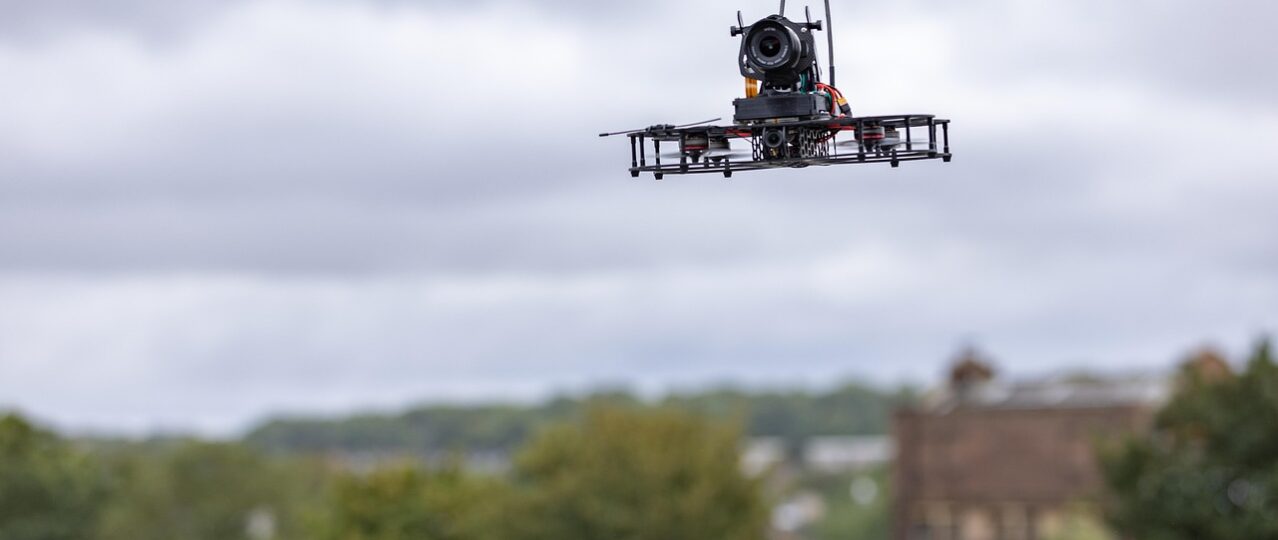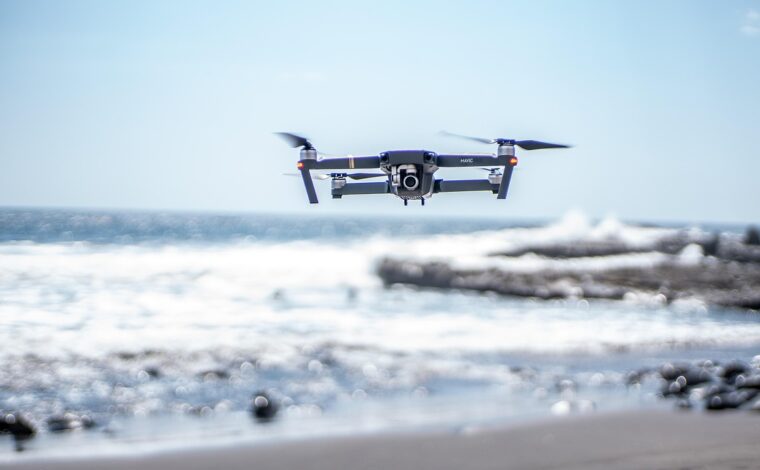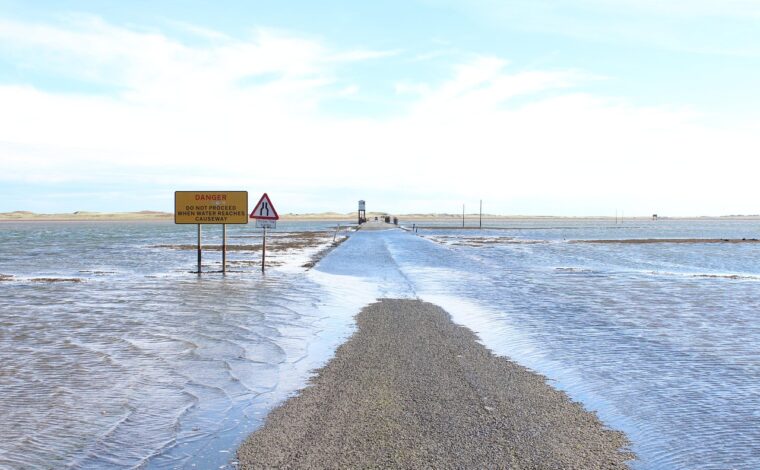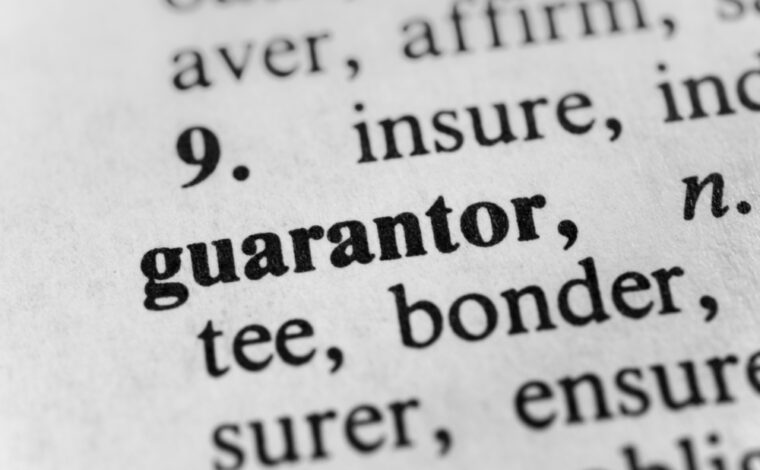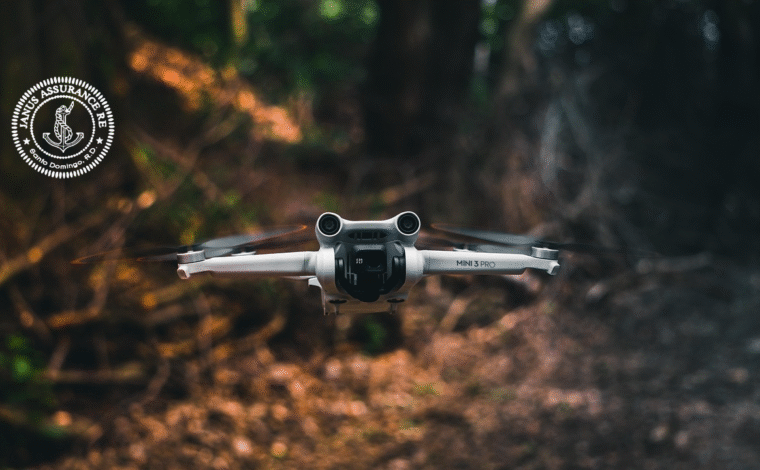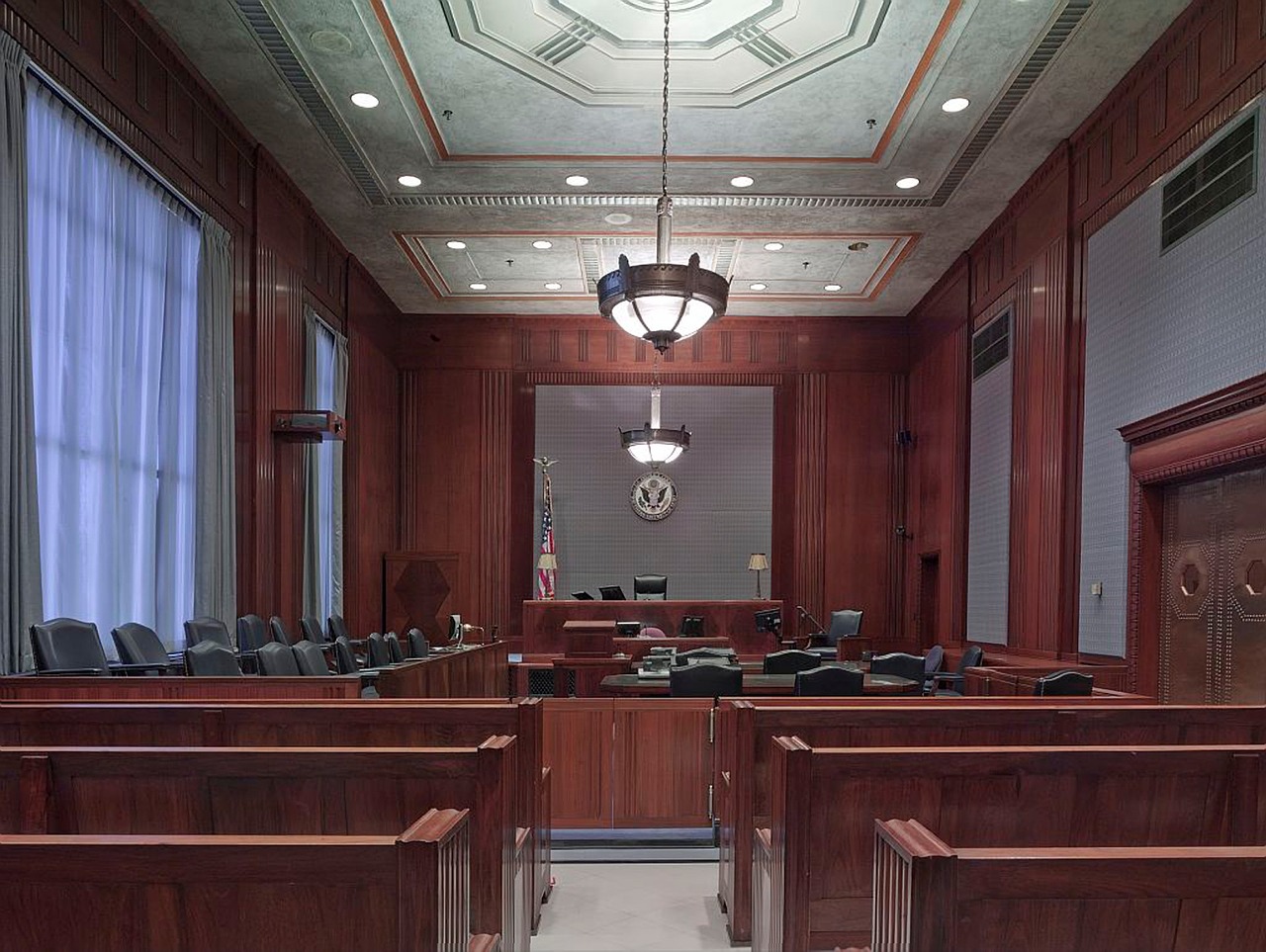Unmanned aircraft systems have moved from being hobbyist novelties to indispensable tools across numerous industries. They are now deployed in construction monitoring, cinematography, agricultural surveying, infrastructure inspection, and even live entertainment. Yet as their commercial use has expanded, so too have the legal exposures faced by operators and their insurers. Drone accidents, whether caused by technical malfunction, operator error, or inadequate geofencing, can lead to catastrophic injuries, property damage, and protracted litigation. The importance of carrying sufficient liability coverage cannot be overstated. A review of recent cases underscores how drone mishaps translate into complex legal disputes that expose both operators and insurers to substantial risks.
A recent lawsuit in Florida illustrates the stakes. In August 2025, a mother filed suit against the City of Orlando and several drone companies after a holiday drone show went awry. According to the complaint, multiple drones escaped the designated flight area and one struck a seven-year-old boy in the chest, necessitating open-heart surgery (Orlando Sentinel, 2025). The litigation named the city and private contractors responsible for software and geofencing, alleging negligence and defective design. Beyond the tragic human toll, such a case presents overlapping liability issues. A municipality may invoke governmental immunities, while contractors rely on general liability or aviation policies. Adequate insurance limits are critical because damages from a single catastrophic injury can exceed the modest policy limits typically carried by small event contractors. If insurers attempt to disclaim coverage or limits are exhausted, operators can face financial ruin.
Insurance subrogation disputes further demonstrate the significance of liability coverage. In Donegal Mutual Insurance Co. v. Thangavel (2023), tenants flew a drone indoors, triggering a sprinkler system and causing nearly $78,000 in water damage. Donegal Mutual, which paid the landlord’s property claim, attempted to recover from the tenants. The Delaware Supreme Court, however, applied the so-called Sutton Rule, holding that absent an explicit lease provision, tenants are considered co-insureds under the landlord’s policy (Donegal Mutual Insurance Co. v. Thangavel, 2023). This decision barred recovery, leaving the insurer unable to shift loss costs. For drone operators, the lesson is twofold: first, liability arising from drone use may be difficult for landlords or property managers to push downstream absent clear lease terms; and second, a lack of sufficient operator-carried liability insurance may leave property owners and their carriers bearing unrecoverable losses.
Other cases highlight how product failures tied to drones can drive litigation costs far beyond the means of individual operators. In Pennsylvania, a restaurant’s insurer filed suit against DJI after a lithium-ion battery allegedly sparked a fire, causing $100,000 in damage (Ohio Security Insurance Co. v. DJI, 2018). In another Pennsylvania case, businesses sought $1.4 million in damages for a drone battery fire (DJI litigation, 2018). Even if the root cause is product defect, plaintiffs frequently pursue operators alongside manufacturers, ensuring that operators’ policies are tested. Because drones integrate batteries, software, and flight hardware, causation often becomes a contested and expensive issue. Without high liability limits, operators cannot fund extended defense costs or indemnify against multimillion-dollar property claims.
Coverage disputes also reveal the fragility of assuming standard commercial general liability (CGL) policies will suffice. In Philadelphia Indemnity Insurance Co. v. HollyCal Production, Inc. (2018), a wedding videographer’s drone struck a guest, injuring her eye. The videographer sought defense and indemnity from his CGL insurer, but the court held that a drone qualifies as an “aircraft” under the policy’s exclusion, thereby absolving the insurer of coverage obligations (Philadelphia Indemnity Insurance Co. v. HollyCal Production, Inc., 2018). This ruling established a significant precedent: absent specialized endorsements, CGL policies generally exclude drone operations. Many operators mistakenly believe that their general liability insurance provides blanket protection, only to discover exclusions after a loss. Adequate UAV-specific liability policies with sufficient limits are therefore indispensable.
Collectively, these cases highlight three central themes. First, drone accidents can cause severe bodily injury and catastrophic property damage. The Orlando holiday drone show case demonstrates that a single mishap can generate damages exceeding millions of dollars when life-threatening injuries are involved. Second, disputes over coverage exclusions, as seen in HollyCal, show that operators cannot assume general policies will respond to UAV claims. The only effective mitigation is to purchase drone-specific liability policies with explicit coverage endorsements. Third, property losses caused by drone use often trigger insurer subrogation or tenant disputes, yet doctrines like the Sutton Rule can foreclose recovery, shifting the financial burden to insurers and reinforcing the importance of adequate limits.
Adequate liability limits are not only important for paying damages but also for financing legal defense. Litigation involving drones is typically complex, requiring expert testimony on aeronautical engineering, software, battery chemistry, and FAA regulations. Defense costs alone can quickly deplete low policy limits. Moreover, as drone accidents increasingly occur at public events or in urban environments, operators can anticipate lawsuits naming multiple defendants. Plaintiffs’ counsel will pursue joint and several liability theories, meaning even minor contributors to an incident may face claims for the entire judgment. Without sufficient insurance limits, operators may find themselves personally liable for judgments far beyond their means.
The broader regulatory context further elevates the need for sufficient liability coverage. The Federal Aviation Administration requires commercial drone operators to comply with Part 107 rules, yet compliance does not insulate them from tort liability. Courts judge negligence based on common law standards, and juries may view any drone intrusion or malfunction as inherently hazardous. Insurers increasingly require risk-management protocols as a condition of UAV coverage, including geofencing, maintenance logs, and trained operators. Even so, the unpredictability of hardware or software failure means that no operator can guarantee incident-free operation. Insurance thus becomes the essential backstop against inevitable risks.
The commercial drone industry continues to grow, and with it comes heightened exposure. Event producers, real estate firms, film crews, and agricultural surveyors all integrate drones into their businesses. Yet as the highlighted cases demonstrate, drone mishaps are no longer hypothetical. They are painful litigated realities. Operators who fail to secure sufficient liability coverage jeopardize not only their business but also their personal financial security. Insurers, for their part, must continue to refine policy language, balancing exclusions with specialized endorsements that provide clear, reliable coverage. Only by securing adequate limits can operators ensure resilience in the face of growing legal exposures.
~ C. Constantin Poindexter, MA, JD, CPCU, AFSB, ASLI, ARe
Bibliography
- Donegal Mutual Insurance Co. v. Thangavel, 294 A.3d 62 (Del. 2023).
- Ohio Security Insurance Co. v. DJI, Complaint, Court of Common Pleas of Allegheny County, Pennsylvania, filed December 10, 2018.
- Orlando Sentinel. 2025. “Mom Files Lawsuit after Drone Strikes Child during Orlando Holiday Show.” Orlando Sentinel, August 8, 2025.
- Philadelphia Indemnity Insurance Co. v. HollyCal Production, Inc., No. 2:18-cv-00713, 2018 WL 6520412 (C.D. Cal. Dec. 7, 2018).
- Pennsylvania DJI Litigation. 2018. Complaint against DJI filed in Pennsylvania state court, December 2018.

